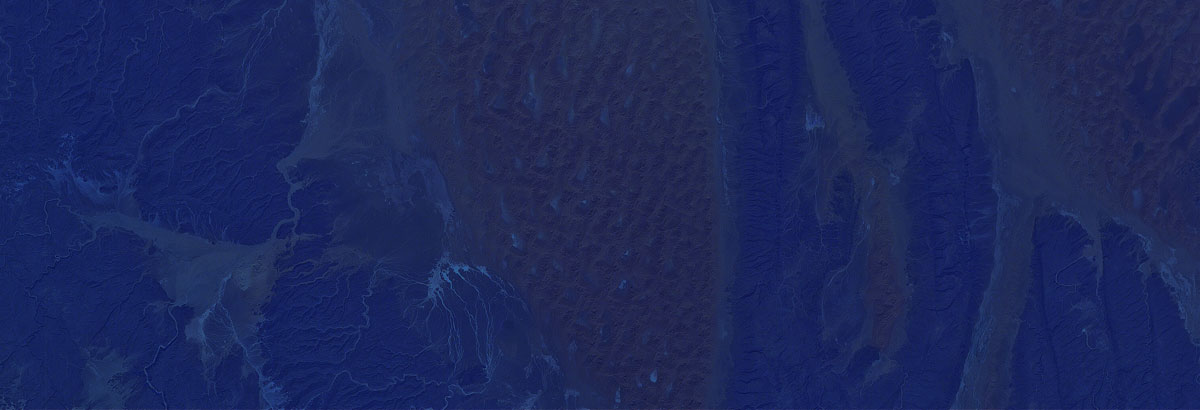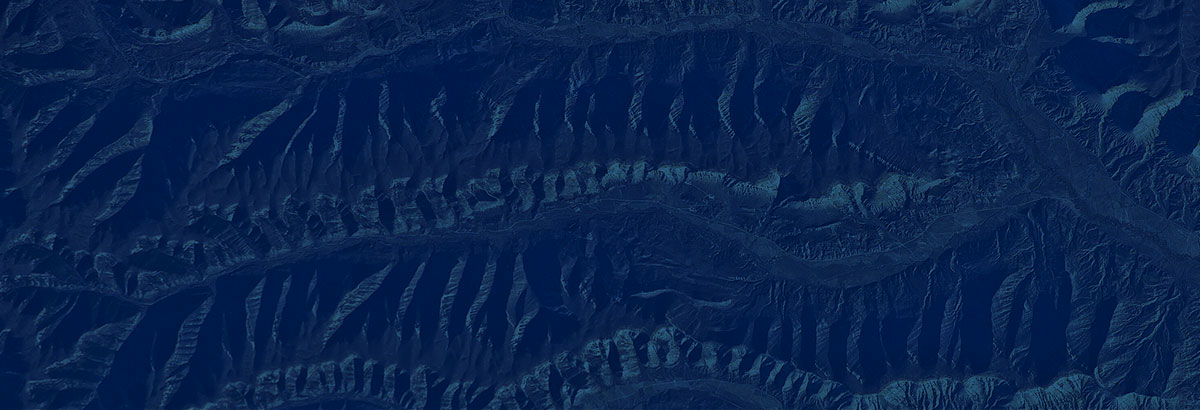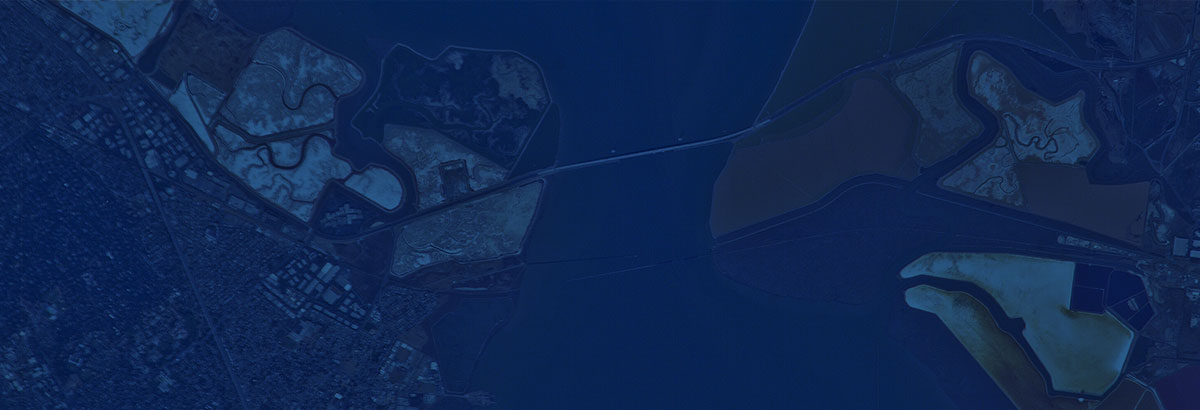Our response to the NASA Planetary Defense Office
January 20, 2016
We have good news to report. The field of Planetary Defense has taken a step forward with the announcement of the formation of the Planetary Defense Coordination Office (PDCO) within NASA. This new office was created in response to the highly critical report by the US Inspector General on the state of NASA’s management of its asteroid observation efforts. Most importantly, the charter of the PDCO contains many elements that B612 has been calling for over the past 14 years including:
1) Setting a target of finding asteroids larger than 30-50 meters
2) Assignment of the lead role for coordination of US government response to asteroid impacts
3) Specifically naming development of asteroid deflection technologies as a goal
4) Committing to send up the chain of command the analysis for objects with impact probability greater than 1%
5) Taking responsibility to provide timely and accurate information to the government, media, and public about possible impacts
6) An increased annual baseline budget of $50M/year
We’ve seen our efforts over the years leverage many advancements in the field of Planetary Defense, and we note that our work is only possible through the contributions of our many supporters.
NASA’s new Planetary Defense Coordination Office will have a critical role not only in coordination, but in funding projects for asteroid detection and deflection. B612 has led the call to increase the detection rate by a factor of 100X, and NASA’s new Planetary Defense office can be a major player in achieving such gains if they invest wisely. During the next decade, new telescopes like the Large Synoptic Survey Telescope will be operational and, in tandem with proposed space-based telescopes (like Sentinel and NEOCam), can greatly improve our early detection capability for impacting asteroids. With this certain flood of new asteroid discoveries will come the responsibility to ensure that governments and the public are kept informed of any threats, and that we have technical options for diverting an asteroid should it be necessary.
While there is much to celebrate about this development, what is really important is how well NASA actually succeeds in carrying out the mandate of the PDCO. There is still work to be done, including the actual funding of an infrared space telescope for finding asteroids, and recognizing that Planetary Defense is not wholly a science problem (but rather also a technical and policy problem). The good news is that the goals and responsibilities are clearly laid out, so NASA can be held accountable. Rest assured that B612 will be monitoring closely and speaking out as needed!
B612 looks forward to working with NASA and others over the coming years on our shared mission of Planetary Defense from asteroids.
To our future,
Ed















